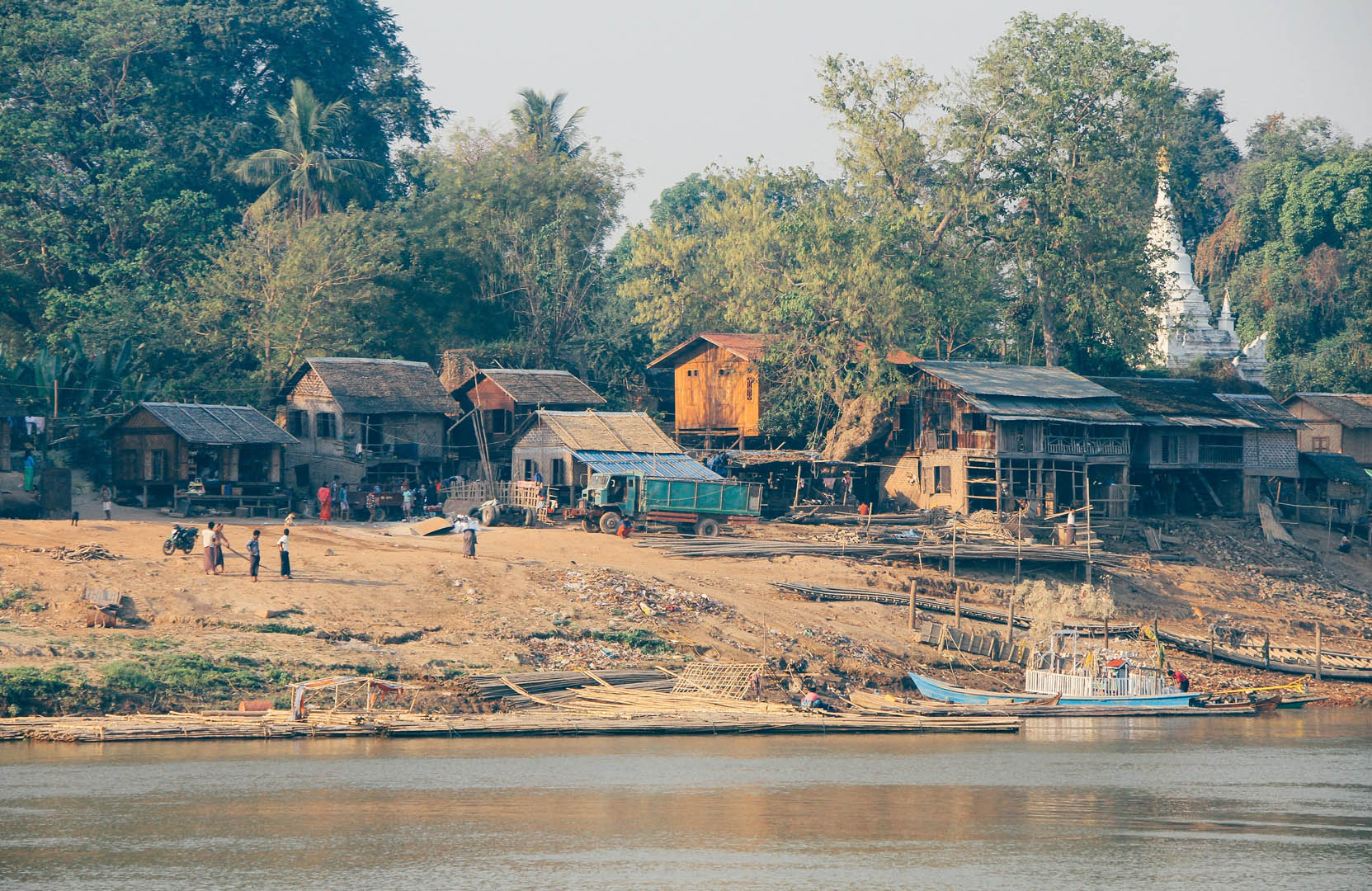The scale of flood risk in many countries is now so great that no single solution will provide a sustainable level of resilience. It’s increasingly recognised that piecemeal approaches are not the best flood risk management solutions since they can create inequalities, contribute to ecological degradation, and may be inflexible. This is where Integrated Flood Risk Management (IFRM) comes to the forefront.
- Client Asian Development Bank
- Location Bangladesh, Indonesia, Myanmar, Nepal, Pakistan, Philippines and Vietnam
- Partner Landell Mills Ltd
- Services
A comprehensive and integrated approach to managing flood risk in highly vulnerable countries
Integrated Flood Risk Management (IFRM) is the development of long-term sustainable flood risk strategies. We worked in partnership with Landell Mills Ltd to provide technical assistance to seven developing member countries (DMC), specifically for program and project preparation, and promoting more holistic IFRM solutions including basin-scale and nature-based solutions.
The development of these strategies incorporates a whole range of solutions including engineering, disaster preparedness, insurance, and emergency response requirements, while fully considering social, economic, financial, environmental, legal and institutional aspects.
Taking this more comprehensive approach at a basin-wide or catchment perspective may also include nature-based and other soft approaches to maximize net benefits from the use of flood plains – and is rapidly gaining acceptance as the only way to manage flood risk in highly vulnerable countries as climate change evolves.
Funding for this work was provided by the Urban Climate Change Resilience Trust Fund. This fund supports cities by improving urban planning, designing climate-resilient infrastructure and investing in projects and people. The Rockefeller Foundation and the governments of Switzerland and the United Kingdom support the fund.
Extensive stakeholder engagement
In February 2020 we ran a stakeholder engagement workshop in Manila with delegates from the seven DMCs. This was the first event to bring together representatives from all seven participating countries. The workshops were highly interactive using digital technology and our Augmented Reality Sandbox demonstrations.
Key challenges were identified in the following areas:
- Accessing good quality data and analytics on IFRM and how to manage this data
- Knowledge capacity, upskilling and training people in the specialist areas of flood risk
- Balancing green and grey infrastructure solutions, how to prioritise short-term pressures for quick fixes alongside longer-term solutions and goals.

Enhanced engagement tools
A number of enhanced engagement approaches were implemented to analyse and understand flood risk and to communicate and build capacity and knowledge, including a Local-Scale Integrated Flood Risk Management analysis tool, a digital demonstration platform that presents the theoretical flood risk posed to a developed coastal area under different scenarios.
We also developed a digital platform using real-life data from the JBA global flood model, enabling analysis of Integrated Flood Risk Management in Nepal. This tool presents flood risk at a provincial level across the whole of Nepal under various scenarios – and enables analysis of financial losses resulting from flood risk and flood events.







